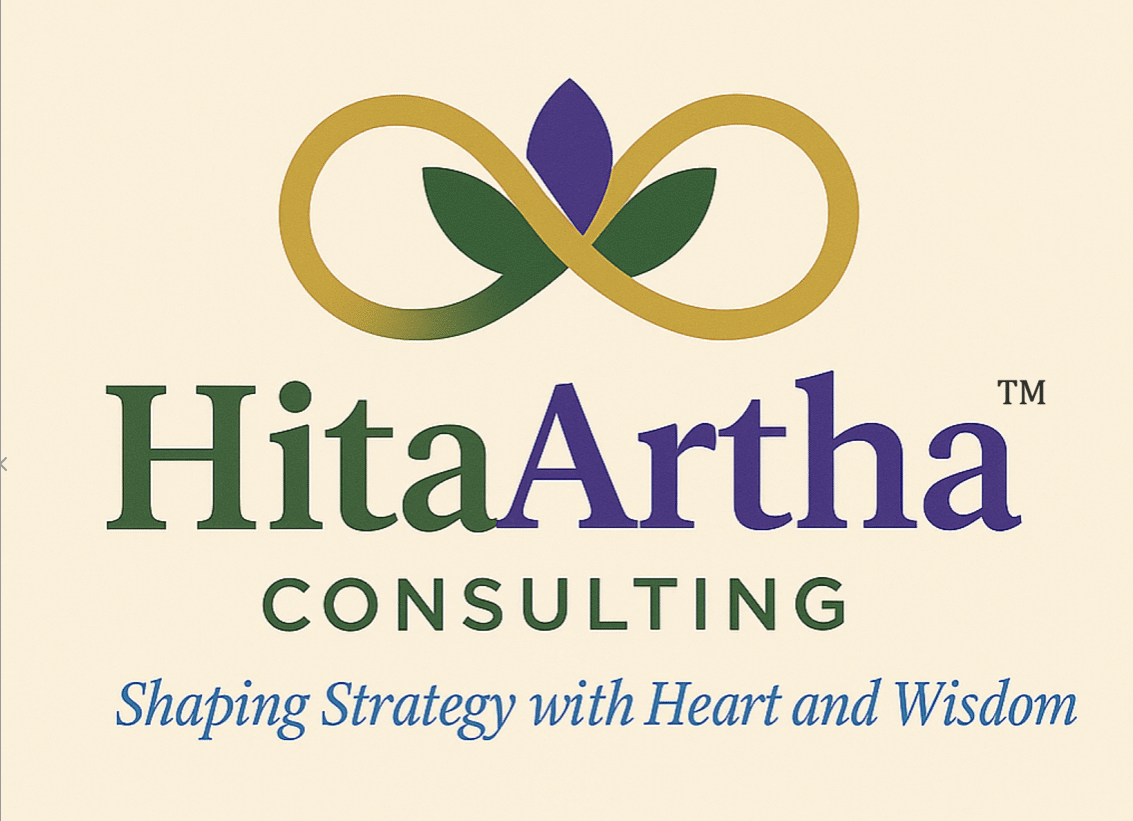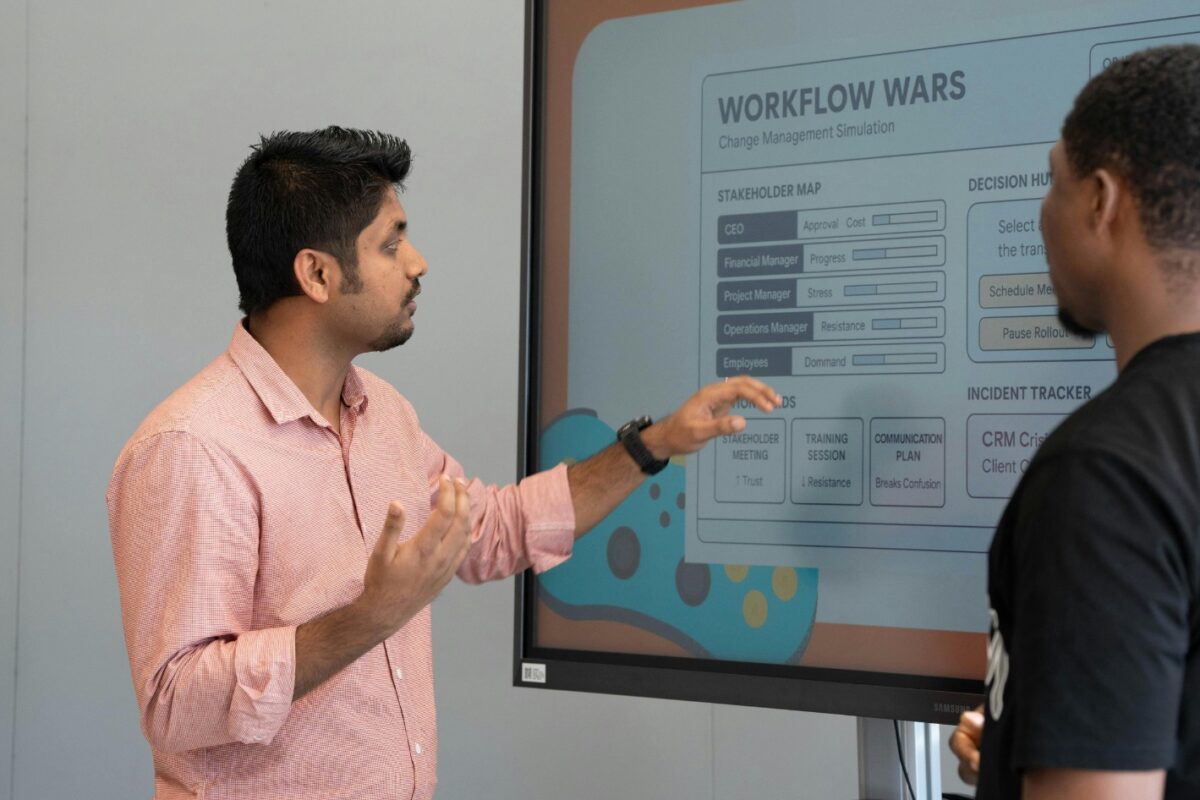Read on LinkedIn
Execution failures are rarely effort issues.
They’re design failures in disguise.
Most teams don’t underperform because they’re unmotivated.
They underperform because they’re moving through:
– Uncodified clarity
– Delayed enablement
– Misaligned consequence models
These aren’t behavioural gaps—they’re structural fractures.
High-trust ecosystems thrive when:
✓ Clarity is embedded as a discipline
✓ Coaching is preloaded—not reactive
✓ Accountability is diagnostic—not punitive
Execution isn’t just about doing more.
It’s about designing environments where doing flows naturally.
That’s the invisible edge high-performing orgs quietly build.
(Originally triggered by a powerful insight from Ram Charan Sir—grateful for the prompt that sparked this lens.)
Talent isn’t managed. It’s orchestrated
*Talent isn’t managed. It’s orchestrated.*
Read on LinkedIn
Most systems still approach talent like an input variable—linear, fungible, and utility-bound. But in reality, talent behaves more like energy: contextual, volatile, and often misread by those attempting to contain it.
The real question isn’t “How do we manage talent?”
It’s “How do we architect ecosystems where latent force compounds into institutional momentum?”
This shift requires activating three silent levers:
1. Asymmetry Recognition – Uncovering hidden catalysts invisible to hierarchy or role labels.
2. Cadence Modulation – Mastering the pause. Deployment is not always the answer.
3. Systemic Friction Mapping – Where underperformance signals architecture, not attitude.
Sustainable advantage rarely lies in hiring the best. It lies in unlocking what others overlook, in ways they never anticipated.
In high-trust environments, talent doesn’t need retention.
It evolves—with the system, through the system.
That’s when institutional memory transforms into institutional force.
HR is not a function, It’s a force multiplier
If you’re still treating HR as a cost centre, you’re missing the point — and the upside.
🔹 Talent isn’t just a resource. It’s your strategic advantage.
🔹 Culture isn’t just about feel-good values. It’s your execution engine.
🔹 Leadership development isn’t a “program.” It’s how your org scales wisely.
How Can Freshers Best Prepare to Enter Today’s Job Market?
How Can Freshers Best Prepare to Enter Today’s Job Market?
Read on LinkedIn
As we step into an era where skills evolve faster than job titles, the game for freshers isn’t just about “getting hired”—it’s about becoming indispensable.
Here’s what I’d tell every fresher entering the workforce in 2025:
1. Learn How to Think, Not Just What to Do
Degrees are abundant. Thinking frameworks are rare. Cultivate clarity, problem-solving depth, and the ability to structure chaos. Strategic thinking will outlast tools and trends.
2. Build Career Capital Before Chasing Job Titles
Early years are for compounding capability. Seek roles that challenge you, mentors who sharpen you, and environments that don’t comfort your ego—but stretch your range.
3. Signal Work Ethic Through Output, Not Optics
In an AI-augmented world, consistency, integrity, and actual deliverables will matter more than curated social media images. Be the person who finishes well.
4. Master the Intersection of Human and Tech
Whether you’re in HR, Finance, or Design—understanding how to leverage AI, automation, and analytics will define your edge. Soft skills make you relatable. Tech skills make you relevant.
5. Write Your Own Playbook
Stop waiting for “perfect opportunities.” Solve real problems, volunteer for messy projects, create independent proof of work—because initiative today is the new intelligence.
Freshers who focus on depth over noise, contribution over consumption, and resilience over reputation will not just land jobs—they’ll build legacies.
Satheesh Kumaran B | Strategic Advisor | hashtag#TopTierStrategist
HR Insight: “Is Your Talent Strategy Future-Proof?”
💼 HR is no longer just about hiring — it’s about building strategic capabilities for the future.
We can use the 3R Talent Framework to assess whether organizations are truly preparing their people for what’s next:
🔹 Relevance – Are we hiring for critical impact areas or legacy roles?
🔹 Resilience – Can our teams bounce back from disruption without losing agility?
🔹 Reach – Are we nurturing talent that scales across boundaries and systems?
Most organizations are strong in one, average in another, and blind to the third. Fixing that asymmetry is where transformation begins.
Curious to know — which “R” is your organization strongest in? Where do you see the gap?





